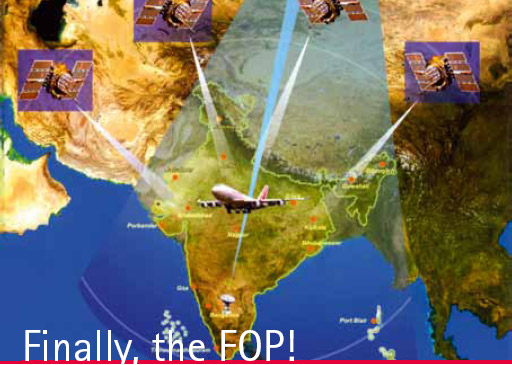Articles in the Mycoordinates Category

Diplomacy, democracy, autocracy, hypocrisy.
Mess, Press, suppress.
Expose and impose.
Dare, share and scare.
Fear and smear.
Right and rights.
Preach and practice.
Action and overreaction.
Force and coerce.
Sneak and sleaze.
Damage and rampage.
Credibility and vulnerability.
Cover and cover up.
Control, control and control.
Bal Krishna, Editor
bal@mycoordinates.org
Tweet

a
Compass and Galileo.
Apparently heading for a ‘head on’,
On frequency and signal issues.
In a world of multi GNSS systems,
With different priorities and agendas,
Such differences are inevitable.
But we do need a compatible and interoperable environment.
At the same time, we do live with conflicts and coexist.
Don’t we?
Bal Krishna, Editor
bal@mycoordinates.org
Tweet

With the evolution of technology.
GIS, GPS, LiDAR, mobile mapping, …
And changing societal needs for spatial information.
Google maps, in-car navigation, PDA, iPods, iPads, …
Facebook, twitter, smart phones, …
The role of surveyors needs to evolve.
From ‘product orientation’ to data analysts,
Quality control and quality assurance specialists.
The change has begun.
Adaptation is inevitable (read page 7).
Bal Krishna, Editor
bal@mycoordinates.org
Tweet

MICHIBIKI
Asia seems to be emerging.
As a new centre for satellite navigation.
China is moving fast.
India is maintaining its own pace.
Now Japan is set to touch the zenith.
With the scheduled launch of MICHIBIKI.
The first satellite of Quasi-Zenith Satellite System (QZSS).
A landmark in the regional navigation system.
The sun rises.
Again in the East.
Bal Krishna, Editor
bal@mycoordinates.org
Tweet

India has launched the Final Operation Phase (FOP) of GAGAN.
The process of certification for aviation use is expected to be completed by 2013.
As a very large user segment in this region awaits.
Air navigation space in and around India is set to be redefined.
With many more applications beyond aviation.
In a multi-GNSS world,
India strives to be a …

It is not the strongest,
Nor the most intelligent,
But the ones most responsive to change,
Survive.
So said Darwin.
With the advent of new species – Smart Phones, MIDs..
The landscape of satellite navigation industry is changing.
Once considered a powerful and promising navigation force,
The space of PND appears to be shrinking.
Probably there is a need to adapt.
And evolve.
Bal Krishna, Editor
bal@mycoordinates.org
Tweet

Nature strikes at will.
Some areas and people are better prepared.
Some are not.
Haiti is a case in point.
Poor infrastructure.
Inadequately trained personnel.
Weak cooperation among institutions.
And the situation worsened
When the earthquake struck.
Tremendous efforts have been made.
And are being made.
Still.
Any lesson learnt?
Bal Krishna, Editor
bal@mycoordinates.org
Tweet

Do you know…
That I know…
The process.
To determine positions.
Accurate positions.
Of ‘what’ and ‘where’.
On and around this Earth.
I prepare the foundation.
The basics of ‘knowledge’.
On which much can be built.
I play a role.
A very important role.
Who am I?
I know that you know.
Still, I reiterate.
That I am a surveyor.
Bal Krishna, Editor
bal@mycoordinates.org
Tweet

It is not a GNSS race.
It is about space.
Capturing the space.
It is not about the ‘rules’ of the race.
It is about ‘who will rule’.
It is not about ‘roles’.
It is about ‘controls’.
It is not about wrongs and ‘rights’.
It is about ‘the rights’.
.. It is about might, only, the might.
Bal Krishna, Editor
bal@mycoordinates.org
Tweet











 (5.00 out of 5)
(5.00 out of 5)